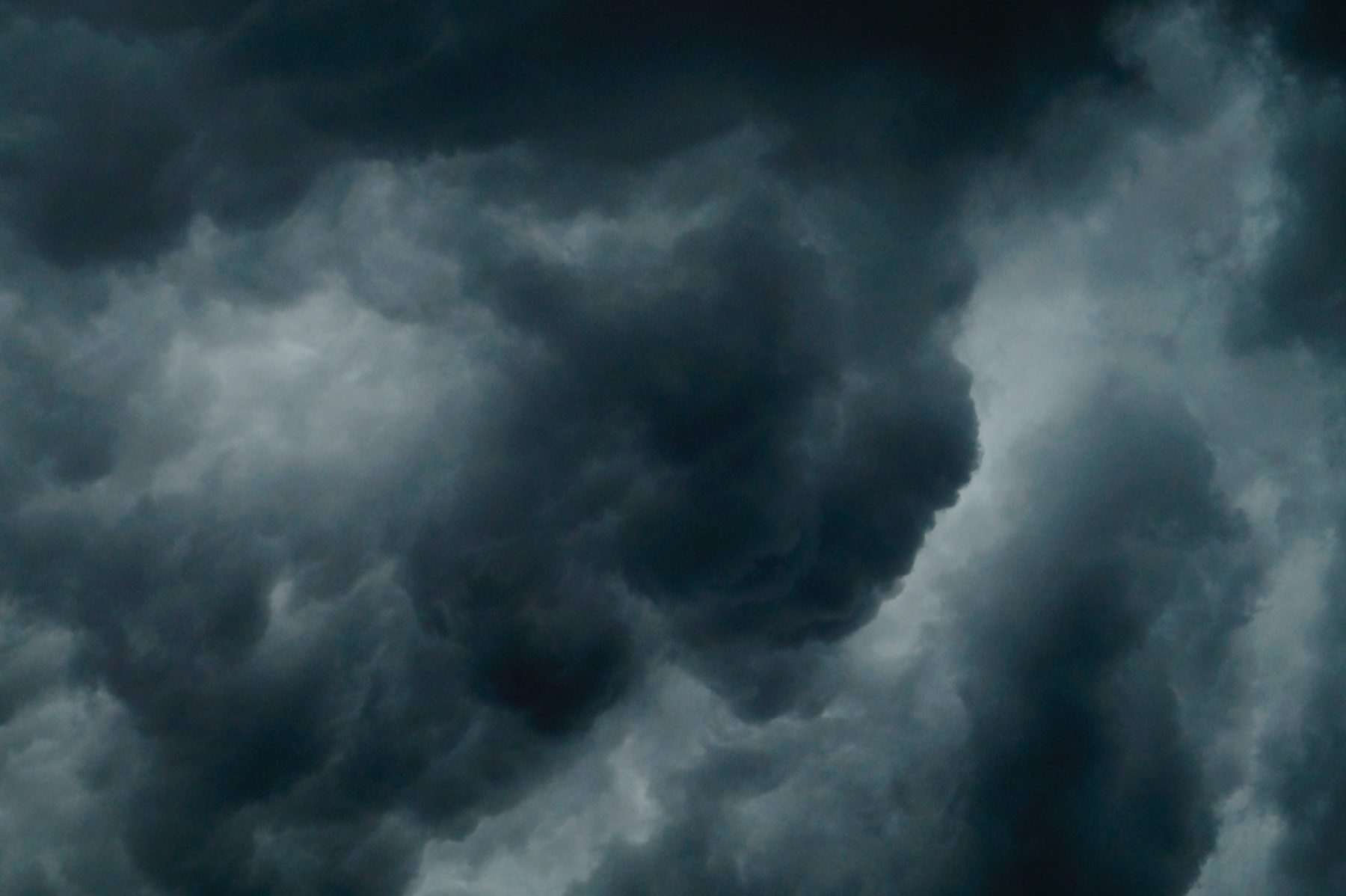It’s your worst-case scenario. A major storm was predicted and this time, the predictions were right. Many power lines are down, and your electricity may be out for several days. You are low on everything––food, pet supplies, toilet paper, batteries, diapers and your medication.
Imagine how you would feel in this situation. While you can’t predict which weather forecast will come true, you can plan ahead so when a severe weather event strikes, you have the tools and resources to effectively weather the storm. The Department of Homeland Security offers several resources to help you prepare for major weather events and natural disasters. Visit www.ready.gov/make-a-plan.
Preparedness Actions and Items
- Stock your pantry with a three-day supply of non-perishable food, such as canned goods, energy bars, peanut butter, powdered milk, instant coffee, water and other essentials (i.e., diapers and toiletries).
- Confirm that you have adequate sanitation and hygiene supplies including towelettes, soap and hand sanitizer.
- Ensure your First Aid kit is stocked with pain relievers, bandages and other medical essentials, and make sure your prescriptions are current.
- Set aside basic household items you will need, including flashlights, batteries, a manual can opener and portable, battery-powered radio or TV.
- Organize emergency supplies so they are together in an easily accessible location.
With advance warning
If a severe storm such as a hurricane is expected with high winds and sustained rain, you may need to take extra steps to safeguard your home. Shutter windows and securely close exterior doors. Fully charge all cell phones, laptops and devices so you have maximum power in the event of a power outage. If you plan to use a small generator, make sure it’s rated to handle the amount of power you will need, and always review the manufacturer’s instructions to operate it safely.
During a prolonged outage
In the event of an outage, turn off appliances, TVs, computers and other sensitive electronics. This will help avert damage from a power surge, and will also help prevent overloading the circuits during power restoration. That said, do leave one light on so you will know when power is restored. If utilizing a small household generator, consider using LED holiday lights to illuminate a living area. A strand of 100 white lights draws little energy yet produces considerable light. Solar lights also work, if they can receive some sunlight during the day for charging.
During thunderstorms, the American Red Cross recommends avoiding electrical equipment and land-based telephones. Use battery-powered TVs and radios instead. Keep away from windows. Listen to local news or NOAA Weather Radio for emergency updates, or check Mid-South Synergy’s outage viewer for restoration updates.
After the storm, avoid downed power lines and walking through flooded areas where power lines could be submerged. Allow ample room for utility crews to safely perform their jobs – including on your property.
Power in planning
Advance planning for severe storms or other emergencies can reduce stress and anxiety caused by the weather event and can lessen the impact of the storm’s effects. Sign up for NOAA emergency alerts and warnings and install Mid-South Synergy’s app to your phone to stay abreast of restoration efforts and other important co-op news and information. Act today, because there is power in planning.

